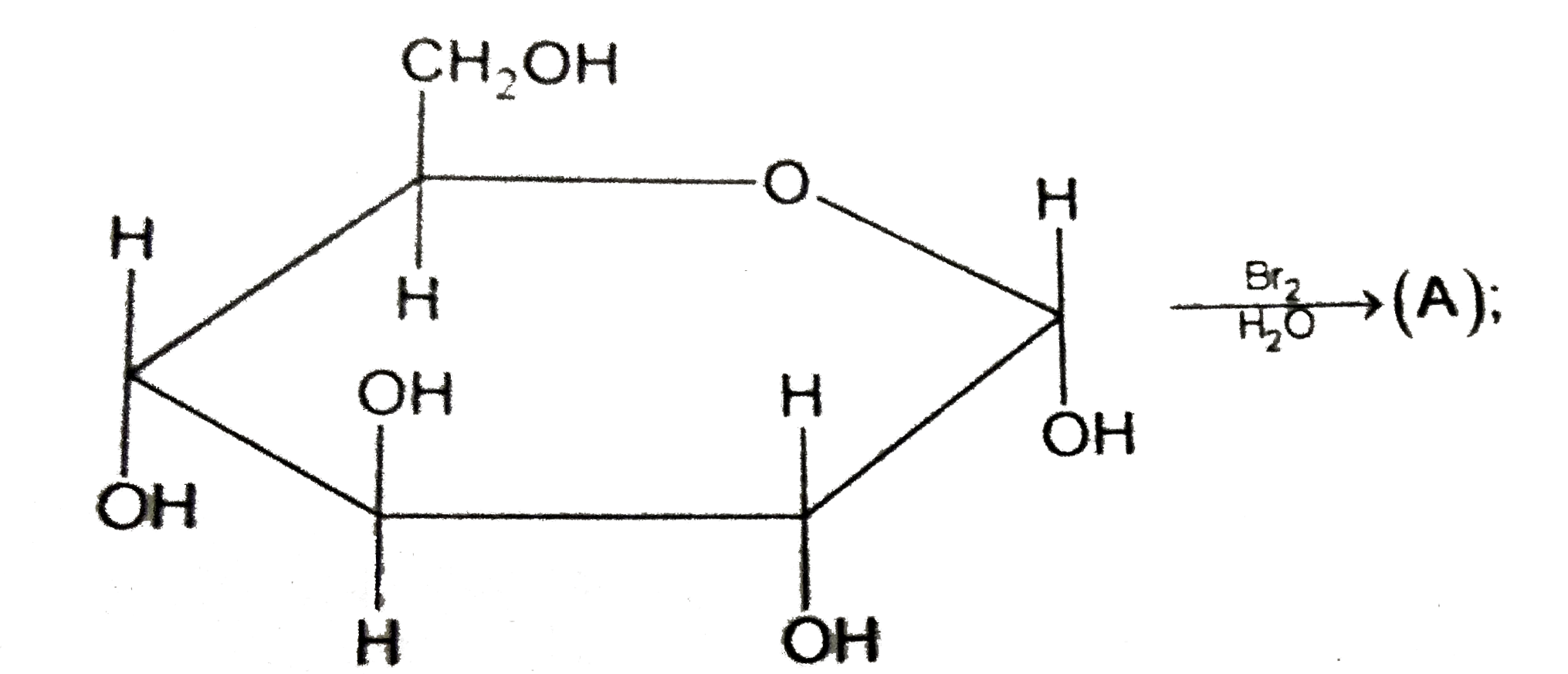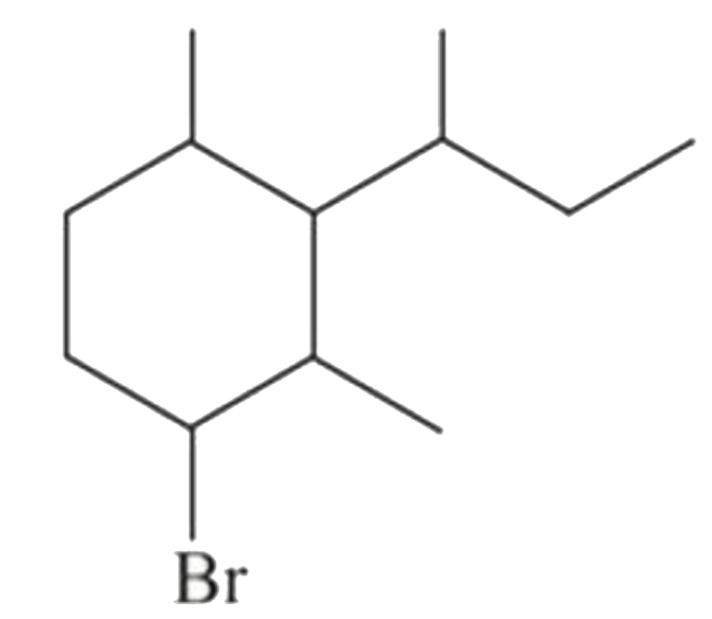Number of chiral centers in chloramphenicol is :
The correct Answer is:2
To determine the number of chiral centers in chloramphenicol, we need to analyze its structure and identify the carbon atoms that are bonded to four different substituents. Here is a step-by-step solution:
Step 1: Understand the Structure of Chloramphenicol
Chloramphenicol has a specific chemical structure that includes several functional groups. The key components include:
- A nitro group (NO2)
- A phenyl ring
- Hydroxyl groups (OH)
- An amide linkage (NH-C=O)
- A dichloro group (Cl2)
Step 2: Identify the Carbon Atoms
In chloramphenicol, we need to identify the carbon atoms that could potentially be chiral centers. A chiral center is typically a carbon atom that is bonded to four different groups.
Step 3: Analyze Each Carbon Atom
1. First Carbon (attached to the phenyl ring):
- This carbon is attached to:
- A phenyl group
- A CH2OH group
- A hydrogen atom
- An OH group
- Since all four substituents are different, this carbon is a chiral center.
2. Second Carbon (attached to the CH2OH):
- This carbon is attached to:
- A CH2OH group
- An amide linkage (NH-C=O)
- An OH group
- A hydrogen atom
- Again, all four substituents are different, making this carbon another chiral center.
3. Third Carbon (attached to the amide linkage):
- This carbon is attached to:
- An NH group
- A C=O group
- Two Cl atoms
- Since it has two identical chlorine atoms, this carbon cannot be a chiral center.
4. Other Carbons:
- Any other carbon atoms in the structure either have identical substituents or do not have four different groups attached.
Step 4: Count the Chiral Centers
From the analysis, we have identified two chiral centers in chloramphenicol.
Final Answer
The number of chiral centers in chloramphenicol is 2.
---
Chloramphenicol has a specific chemical structure that includes several functional groups. The key components include:
- A nitro group (NO2)
- A phenyl ring
- Hydroxyl groups (OH)
- An amide linkage (NH-C=O)
- A dichloro group (Cl2)
In chloramphenicol, we need to identify the carbon atoms that could potentially be chiral centers. A chiral center is typically a carbon atom that is bonded to four different groups.
1. First Carbon (attached to the phenyl ring):
- This carbon is attached to:
- A phenyl group
- A CH2OH group
- A hydrogen atom
- An OH group
- Since all four substituents are different, this carbon is a chiral center.
- This carbon is attached to:
- A CH2OH group
- An amide linkage (NH-C=O)
- An OH group
- A hydrogen atom
- Again, all four substituents are different, making this carbon another chiral center.
- This carbon is attached to:
- An NH group
- A C=O group
- Two Cl atoms
- Since it has two identical chlorine atoms, this carbon cannot be a chiral center.
- Any other carbon atoms in the structure either have identical substituents or do not have four different groups attached.
From the analysis, we have identified two chiral centers in chloramphenicol.
The number of chiral centers in chloramphenicol is 2.
Topper's Solved these Questions
Similar Questions
Knowledge Check
The numbers of chiral centers present in glucopyranose and fructofuranose are :
A4 and 3B5 and 4C4 in eachD5 in eachCH3−CH∣CH3−CH2−CH3Cl2−−−−−→hv
Number of chiral centers generated during monochlorination in the above reaction :A1B2C3D4
 Br2−−→H2O (A), number of chiral centre in compound (A) is
Br2−−→H2O (A), number of chiral centre in compound (A) is
View SolutionThe number of chiral centres in the given compound is

View SolutionThe number of chiral centres in D-(+)-glucose is
View SolutionNumber of chiral center of the given compound:-

View Solutionwhat is chiral center?
View SolutionThe number of chiral carbon atoms in Aspartame is _________.
View Solution
